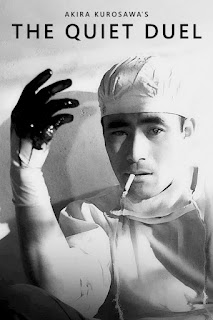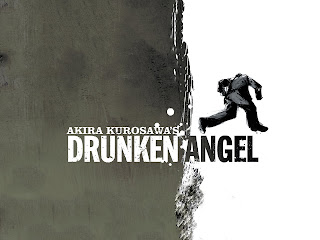The River : Jean Renoir

"My time in the trenches was cut short by a German bullet. I was wounded in the leg, and this had a great influence on me. I was destined to limp for the rest of my life. Paradoxically, I consider this an advantage. A person who limps does not see life in the same way as someone who doesn't limp. But I directed films as much with my legs as with my head, and the result of that wound, which never healed, was four years ago, at the age of seventy five, I had to abandon a career which, to my mind, was only just beginning. -An Actor Named Charlote On many aspects Renoir's The River (1951) is tremendously important for world cinema especially for Indian cinema as it's the firs movie (as far I know or if I am not missed something) where the world see the Indian diverse lives and cultures through an European film auteur under an American production. Moreover; it's first Renoir's colour film and surprisingly Satyajit Roy was o






.jpeg)


